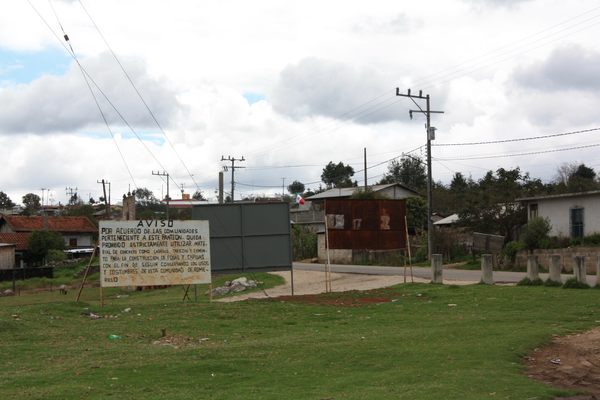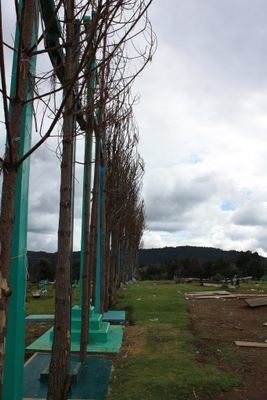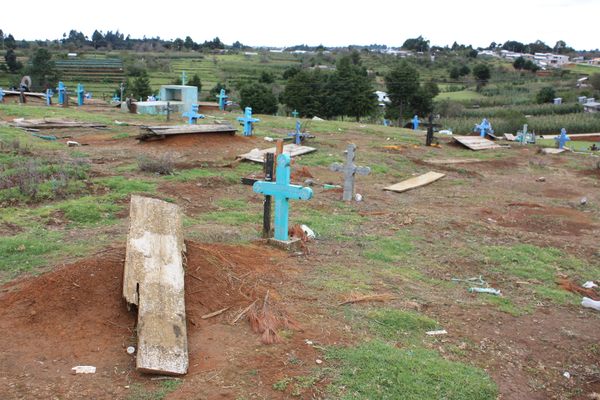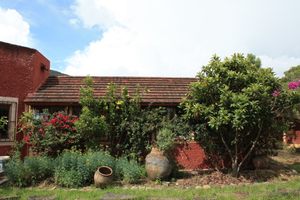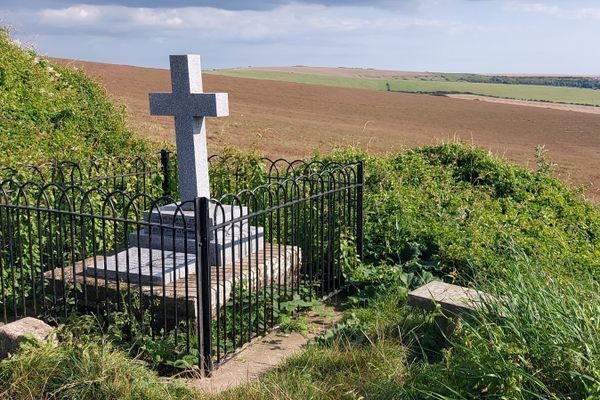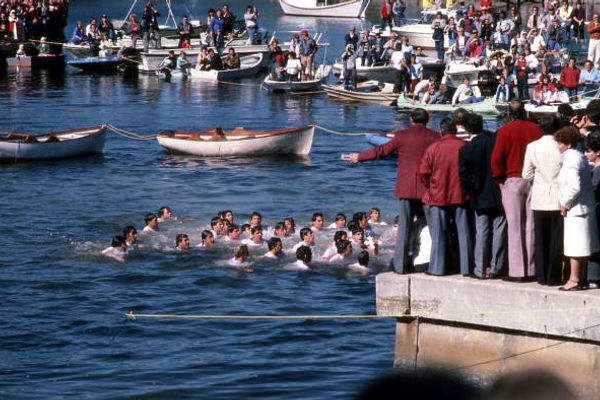About
Halfway between the main tourist hotspot of Chiapas, San Cristobal de las Casas, and the major town of Tenejapa, a traditional cemetery in a small Maya community stands out by the 22 giant, colorful wooden crosses that crown its hilltop location.
The crosses of Romerillo Cemetery are of the typical Chiapas Maya style, characterized by the use of turquoise, teal, and blue colors, as well as their round ends. They represent the 22 communities that are allowed to bury their dead here.
Attached to the crosses are branches of pine that are left to wilt and then replaced, as part of the local beliefs. Pine needles, known as juncia, are spread along the ground as well. The cemetery is on a hill, open to the public, and consists of shallow raised tombs and wooden markers.
Cement and more permanent building materials are forbidden in the cemetery as it is considered that wood represents equality in death, regardless of conditions in life. Even outside the dates of the traditional Day of the Dead holiday, the tombs are adorned with marigolds. Locals wander the hill and pay visits to friends and relatives buried there along with shepherds and their livestock that graze in the cemetery.
Related Tags
Know Before You Go
While the cemetery is not fenced off and easily accessible, it is recommended to be respectful of the locals and the tombs, as the Maya people of this region are noted for responding to offense.
The Día de Muertos celebration here is notable in that it takes place mostly in daytime, and the alcoholic beverage of choice (most commonly pox) is accompanied with large amounts of Coca-Cola, as Chiapas has the highest per-capita consumption of this soda out of all states in Mexico.
Published
July 19, 2019




